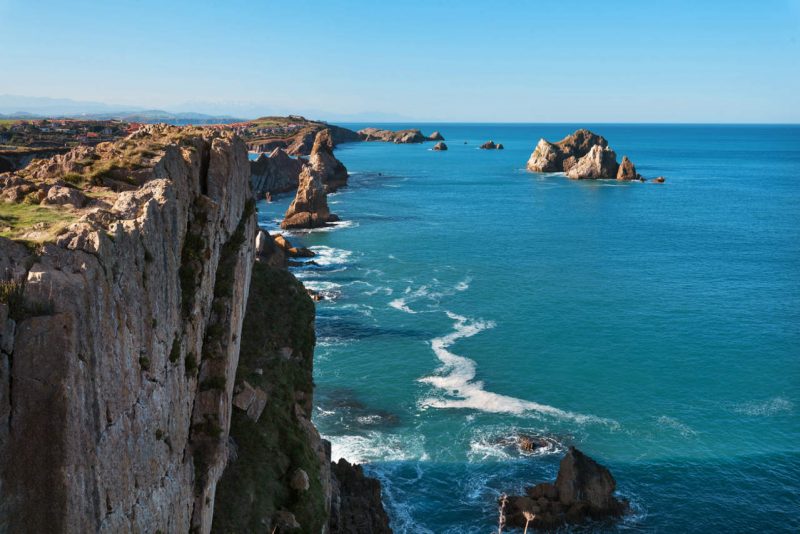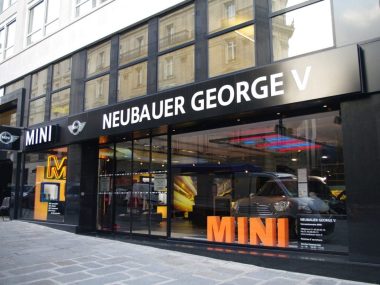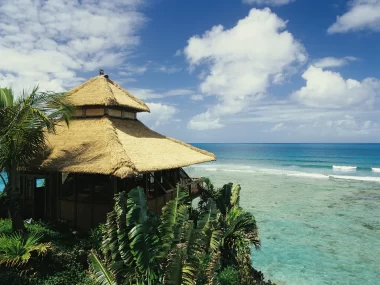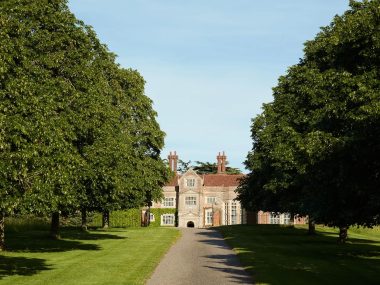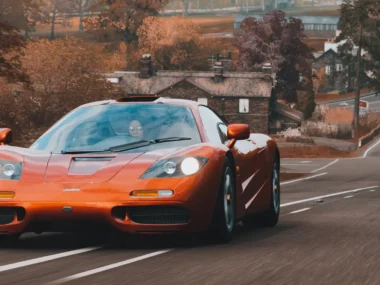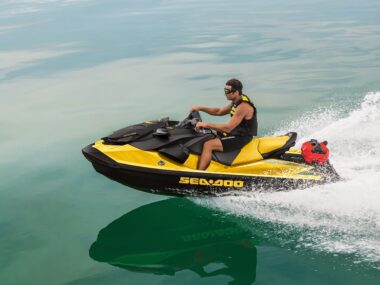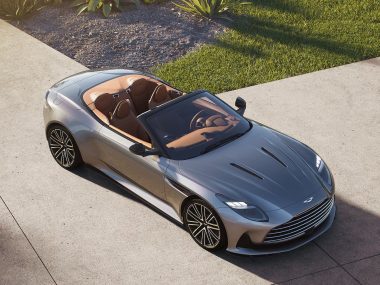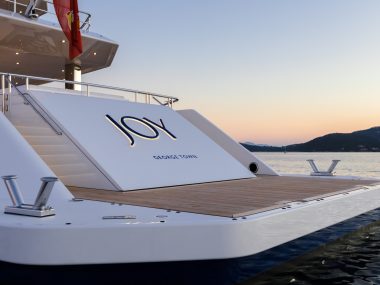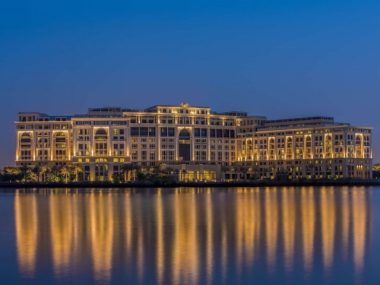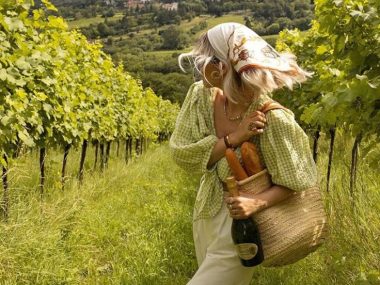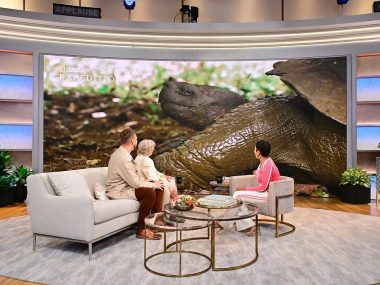Now, it is going a step further with the publication of the public information process for the candidacy of the Costa Quebrada association so that this Cantabrian space is considered by UNESCO as the first Geopark of Cantabria.
Wild West Santanderino
Costa Quebrada is a strip of coastline between Santander and Cuchía that spans twenty kilometres and four municipalities and is followed by various forms. At the beginning of the route, the first beaches appear and the coast seems tame, but as you leave the city, reach Cabo Mayor – where the same lighthouse has been guiding ships for almost two centuries – and continue west, the landscape becomes lonely and wild. It is then that you begin to understand why the association, which already called this coast a “geological park”, is seeking official certification.

‘HUMAN’ GEOLOGY
UNESCO defines geoparks as “unique geographical areas, where sites and landscapes of international geological importance are managed with a holistic concept of protection, education and sustainable development.” In addition, to be part of the global network of geoparks, the organization takes into account geological and human heritage and its cultural wealth, something that is abundantly displayed in Costa Quebrada. Therefore, the dream of joining the club of 147 parks spread across forty-one countries – fifteen of them in Spain – now seems closer than ever.

CLIFFS LIKE BLADES
If there is one thing that captivates visitors to Costa Quebrada, it is its whimsical creations. The row of cliffs that fall like knives are joined by other natural sculptures that sometimes explode in a concentrated manner, such as the rocky platform that juts out into the sea on Arnía beach while the sea crashes against the islets.
The Costa Quebrada association points out that in order to find the same geological variety in Europe as is concentrated here in a small area, one would have to travel at least 100 kilometres. These monuments, which are eroded by the sea, were created over 125 million years by accumulated sediments, so the visible strata are used to study the geological and climatic phenomena that occurred during that period.

FOLDS THAT BEAR WITNESS TO HISTORY
The result of millions of years of work is a fold forged by tectonic movements, sediments and the claws of a sea that has sculpted sharp cliffs, immense sandbanks and beautiful coves; dunes, arches and large cliffs, although rivers also flow into it and some pine forests remain.

NON-GEOLOGICAL CHRONOLOGY
The modern history of the coastline begins in the late 1960s, when Madrid native Jesús Mojas named the Costa Quebrada. More than a decade later, the National Inventory of Geological Points of Interest included three of the places that form part of the complex in its register: the Covachos-Arnia-Pedruquios platform, the Liencres dunes and the succession of beaches from Peligros to Soto de la Marina. These were the first official steps of the park, even though the beaches nestled between dunes or cliffs such as Valdearenas, Somocuevas, La Arnía or Covachos were very popular. The name of the coastal network, however, still sounded foreign and the creation of the Costa Quebrada association in 2003 was the definitive impetus to expand it. They began to publicise the natural riches, created informative posters and distributed guides and documents. The geological park was finally beginning to resonate.

THE BROKEN NIGHT
The next step was to make it known to visitors and curious people, so they organised the first guided tours, which today are organised into ten different itineraries. It is the easiest way to get to know each stretch of the coast in detail, although one of the most attractive and popular activities is the night safaris. Groups of people descend wearing headlamps and, enveloped in a chilling silence only interrupted by the echo of the sea and the timid sounds of the tiny fauna, they explore the area during low tide. Because in addition to a nocturnal exploration of geological jewels, this safari is a journey into the evolution of living beings on the planet.
SPORTS AND ECOTOURISM
The promoters of Costa Quebrada are supported by the regional government, which sees this initiative as an excellent opportunity to preserve the environment while promoting responsible tourism. In recent years, for example, the international giant wave championship La Vaca Gigante has been held (whose 2019-2020 edition has been suspended due to lack of financial support) and a successful coastal trail that will celebrate its ninth edition this year.

A UNIQUE PLACE
Hikers and cyclists also follow a dirt track that goes up, down and zigzags throughout the entire route, although the coast can be explored from any of the sections from the numerous access points. Its proximity to the city and various urban centres, however, has not always been an advantage and in 2014 there was an attempt to develop the path. The neighbours of the area protested and pulled down the wooden fences that had been installed, managing to suspend the works on one coast.
These vast green pastures with cows and stubble that sometimes scratch your legs were once covered by a mass of trees that agriculture and livestock farming stripped bare. And although there are stretches that have been intervened by humans, such as the fishing districts on the outskirts of Santander or the buildings that have torn up the wildest aspect of the landscape, its aspiration to become a global geopark shows that Costa Quebrada continues to be a unique place.

